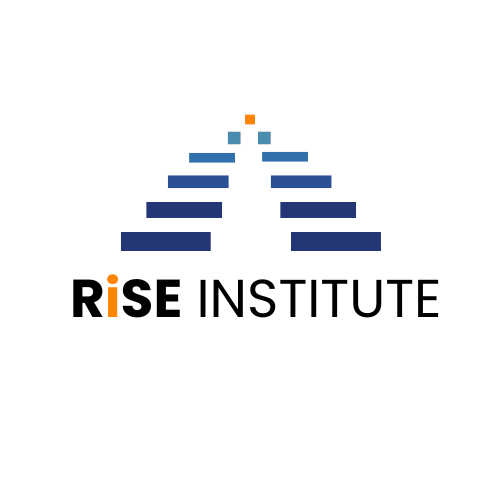Why You Should Learn SQL
Introduction SQL is a powerful programming language that helps you easily query and manipulate database data. If you’re looking to become a data analyst, SQL is a skill you definitely need to learn.But don’t take my word for it. Here are just a few reasons why you should learn SQL:-1.SQL is one of the most […]
Why You Should Learn SQL Read More »



